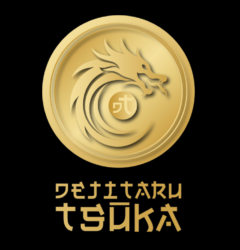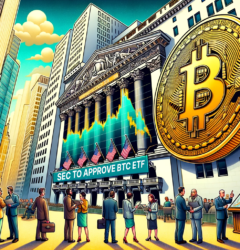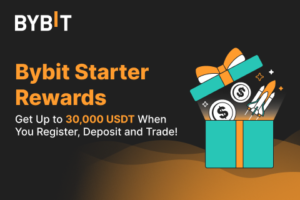04 Jun
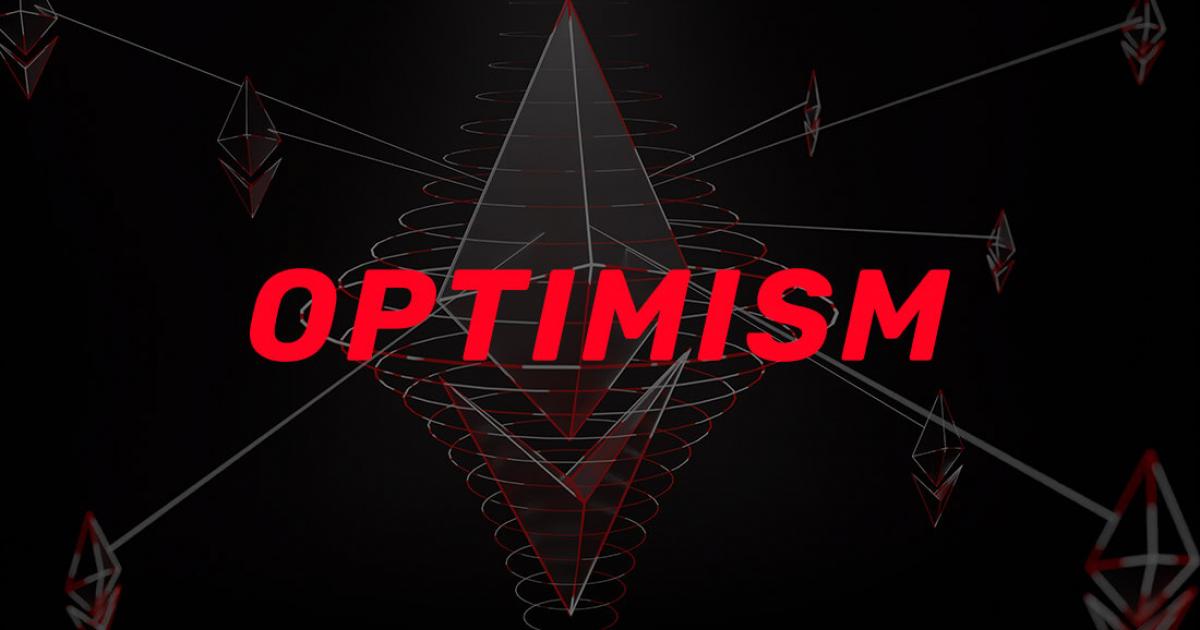
ETH optimised using the Optimism Protocol(OP)
It is extremely important to understand the projects we invest in. For this reason in this article, we will discuss the #optimisation of Ethereum using the Optimism protocol. It uses optimistic rollups to enable applications to obtain transactions more quickly and cheaper than they would on the Ethereum blockchain. We will also discuss the advantages of the Optimism protocol, such as its user-friendly interface and its ability to facilitate faster and cheaper transactions. Optimism is a layer-two (L2) scaling solution for Ethereum that is compatible with most major cryptocurrencies.
Optimism is a layer-two scaling solution for Ethereum
The Optimism team has a history of technical expertise and is a hardworking, pragmatic team. Josh has both legal and operational expertise, which will help the team as they continue to scale Ethereum. The team’s dedication and research at Plasma has paid off with a new, high-performance layer-two scaling solution for Ethereum.
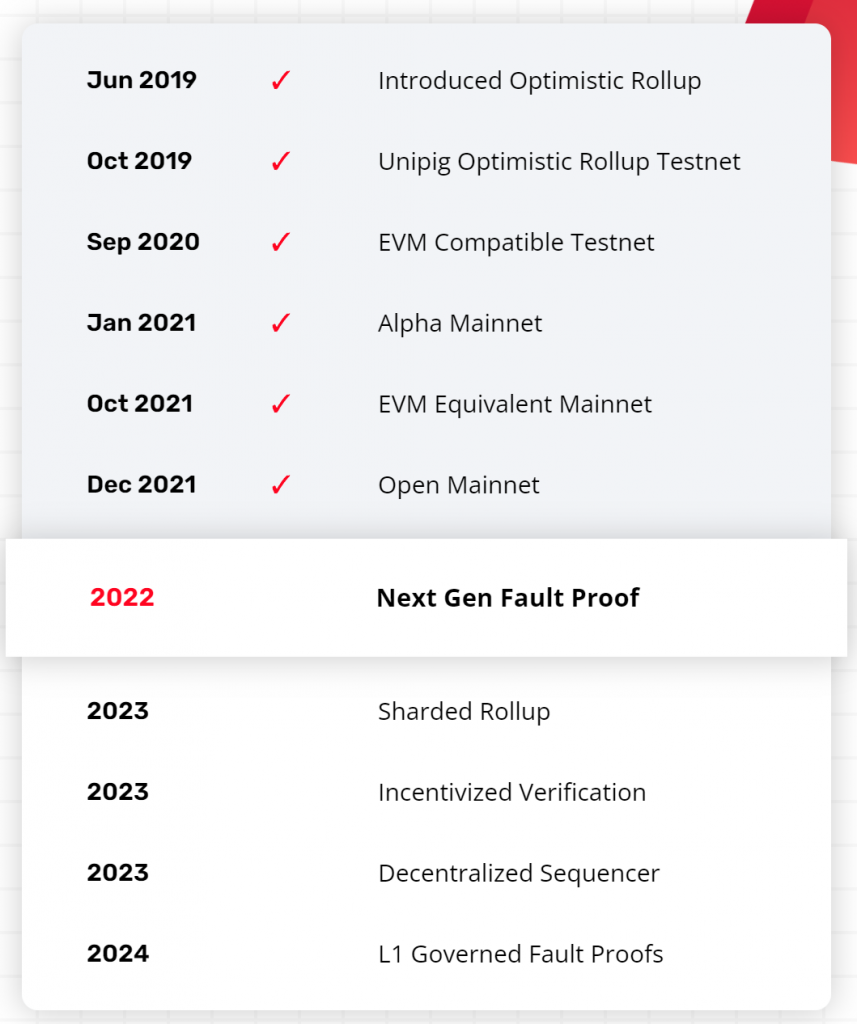
The Optimism Protocol system allows users to interact with protocol code using the same Ethereum mainnet. Its fees are significantly lower, but still not the cheapest. Optimism claims that its base transaction costs are 10 to 50 times cheaper. However, it does face some challenges, such as limiting the number of transactions on the network. The team is working to overcome these challenges and has already adopted dozens of dapps to make Ethereum more useful for all types of businesses.
Optimism protocol uses a variable cost mechanism to control capacity limits. The fees are similar to those of Ethereum’s EIP-1559 mechanism. When transaction volume falls below a certain threshold, fees increase. The fees for Optimism are subject to gas prices, as they must account for the execution and storage cost of transactions. Optimism is expected to make the Ethereum network more sustainable by increasing the demand for ETH.
Optimism protocol requires ETH to be sent to the MetaMask node. In addition to sending ETH to the Optimism address, users must also send their ETH to a layer two chain. Avalanche and the mainnet are two such chains. These two chains are compatible with one another, and each supports layer two transactions. In addition, Optimism allows for faster transaction confirmations.
The first beta version of Optimism’s mainnet will be released on January 15th. Optimism is working on a new, faster system that will address the scaling problem that plagues the Ethereum network. At present, the Ethereum network can only handle 1.2 million transactions a day at a fee of $15. The new layer two scaling solution is expected to reduce gas fees and improve Ethereum’s throughput.
It allows applications to obtain transactions faster and cheaper than on the Ethereum blockchain
Optimism is a scalable, decentralized platform for smart contracts. Its codebase is similar to Ethereum’s, so applications do not need to modify their applications in any way. Its implementation uses a data transport layer that is called the data indexer. This layer inspects all transactions and reconstructs the Optimism blockchain from the published blocks.
Optimism has been in operation on its public “mainnet” for more than a year, but this has not been without its risks. The project recently paid a bug bounty of $2 million to security researcher Saurik for finding a vulnerability that would allow malicious actors to print money on the network. The bug bounty was one of the highest paid ever by a blockchain startup.
While Optimism has a low transaction fee, the network struggles with liquidity. Optimism is working to lower the fees for withdrawals. But if this is the case, it is not yet ready for prime time. Optimism is still a few months away from making the required updates. A successful launch of Optimism’s governance token will allow it to be traded on centralized exchanges, while retaining the security of the Ethereum blockchain.
Optimism uses a hybrid of Ethereum and XRP blockchains. During the on-chain state transition, off-chain transactions are grouped together, and on-chain transactions are verified on the Optimism blockchain. Optimism allows applications to obtain transactions faster and cheaper than on the Ethereum blockchain. In exchange, they can be distributed among multiple users of a blockchain, as well as use other applications that don’t support a virtual network.
Optimism uses the same codebase as Ethereum, and it is built on top of the Ethereum network. Optimism’s layer 2 software mimics Ethereum’s code. It uses the same virtual machine and charge for gas the same way as Ethereum, but at a lower price. Because both blockchains use the same data, Optimism is compatible with Ethereum, meaning that it is compatible with ERC-20 assets.
It uses optimistic rollups
Optimistic rollups are one of the solutions to the state bloat issue on Ethereum, and they help the decentralized finance industry grow while keeping transactions cheap for the average person. The most popular type of optimistic rollups are zero-knowledge rollups. Assuming all transactions are valid, optimistic rollups save the time of validaters, who have to query the entire rollup one week later. The implementation of optimistic rollups has decreased the transaction fees by 129 percent, making Ethereum a useful and accessible decentralized finance ecosystem.
Optimistic rollups are a type of transaction that performs the transaction execution off the main Ethereum chain and posts the transaction data on layer 1. Unlike traditional transaction processing, optimistic rollups bundle off-chain and sidechain transactions into a single transaction, and cryptographic proof is then constructed from these bundles. Optimistic rollups are a popular solution for decentralized financial systems, as they require an independent blockchain for contract execution and signature verification. In addition, they require fewer nodes and high-performance features.
Optimistic rollups rely on the fact that a majority of validators on Ethereum are honest. This means that they only publish minimal information, without proof, and only provide proofs if there is fraud. It also uses an on-chain governance system to ensure that the tokens are not censored. It uses optimistic rollups to avoid the problem of fraud on the Ethereum network. If you use a decentralized exchange, you should consider the cost of transaction and token exchange. UniSwap has been known to charge over $200 for a single exchange.
Optimistic rollups take some processing work off the main Ethereum chain to improve performance. They reduce transaction confirmation time, increase transaction throughput, and lower gas fees. They also use the primary Ethereum chain for security. While they use a secondary blockchain, they remain on the main Ethereum network. That means that CALLDATA will not decrease much unless bandwidth becomes cheaper. The new method is a promising solution for Ethereum.
It has a friendly user interface
The key to a friendly user interface is to create a connection with users. This means that it should be easy to use and provide information about useful features. This could be ordering a product, sending a letter, reading a book, or using a banking system. While designing a user interface is challenging, it’s important to create one that meets corporate goals. The user interface should be designed so that it’s easy for users to understand the features and functions without requiring extensive training.
An interface is the bridge between a user and a system. It allows users to explain their needs to the system, and if an interface is hard to use, the user will leave and never come back. Studies show that up to 40% of users will never return to a website that they find hard to use. The principles of an effective user interface are the same across all programs, websites, and services. In this article, we’ll look at 16 of the most important principles of user interface design.
Optimism OP price prediction
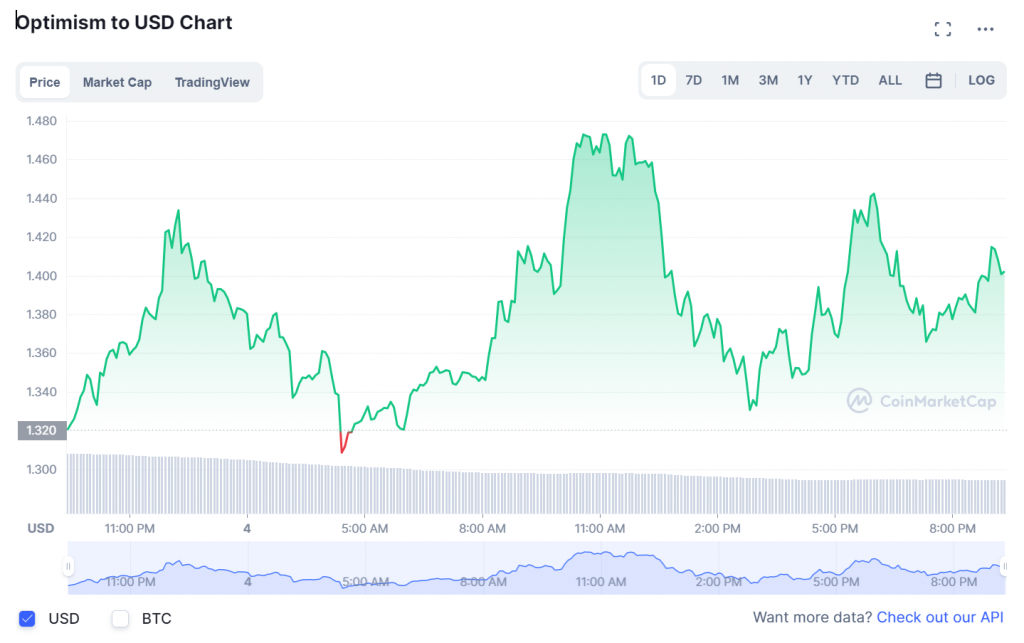
Currently , Optimism is sitting at around $1.39 and is ranging . The project has been listed under the ticker OP on the main exchanges including Binance. The extremely good thing is that this project has risen the interest of Vitalik Buterin, creator of the Ethereum blockchain and he supports the use of OP for paying transactional fees , making OP an utility token.
While we can not talk technicals at the moment because of the novelty of the token, we can certainly take a deep look at the project itself. The team at Sublime Traders considers Optimism as a long run project that can have an extremely bright future.
